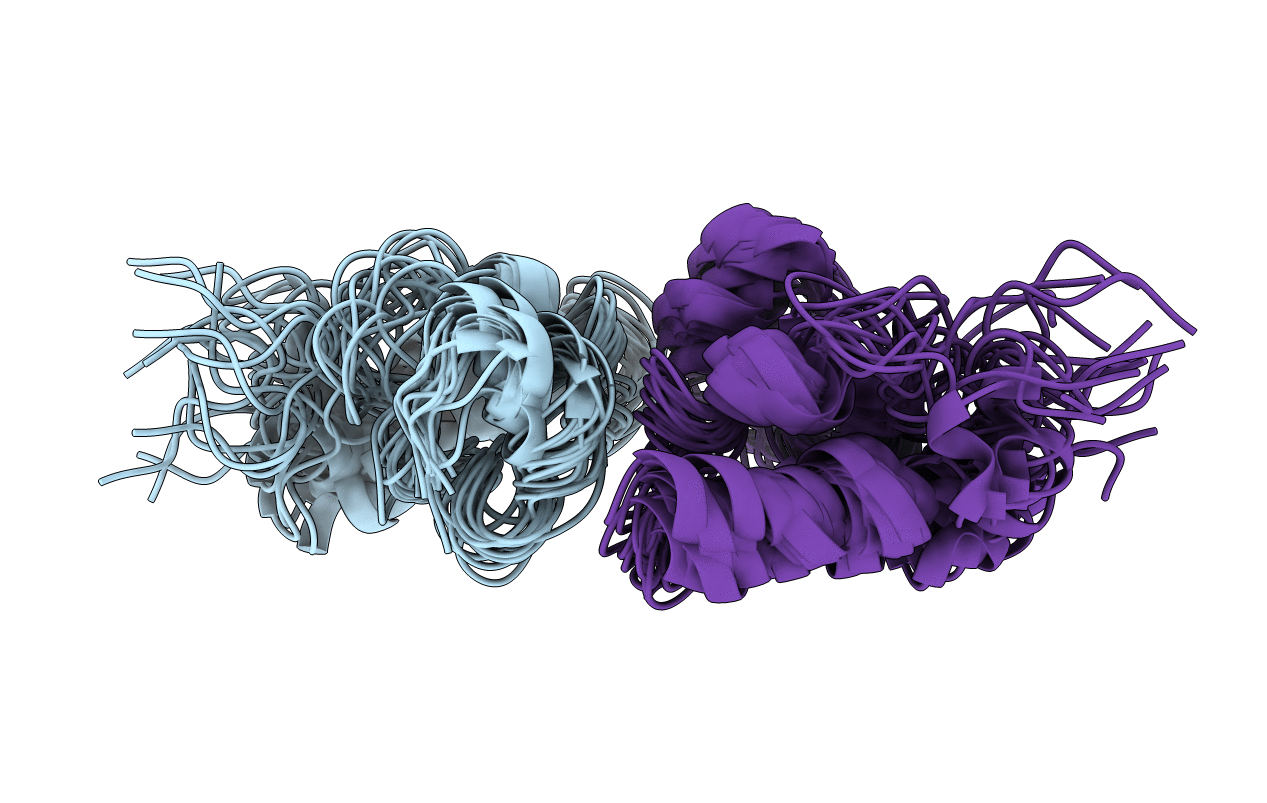
Deposition Date
2012-03-28
Release Date
2012-05-02
Last Version Date
2024-11-27
Entry Detail
PDB ID:
2LRE
Keywords:
Title:
The solution structure of the dimeric Acanthaporin
Biological Source:
Source Organism:
Acanthamoeba culbertsoni (Taxon ID: 43142)
Host Organism:
Method Details:
Experimental Method:
Conformers Calculated:
400
Conformers Submitted:
17
Selection Criteria:
target function


